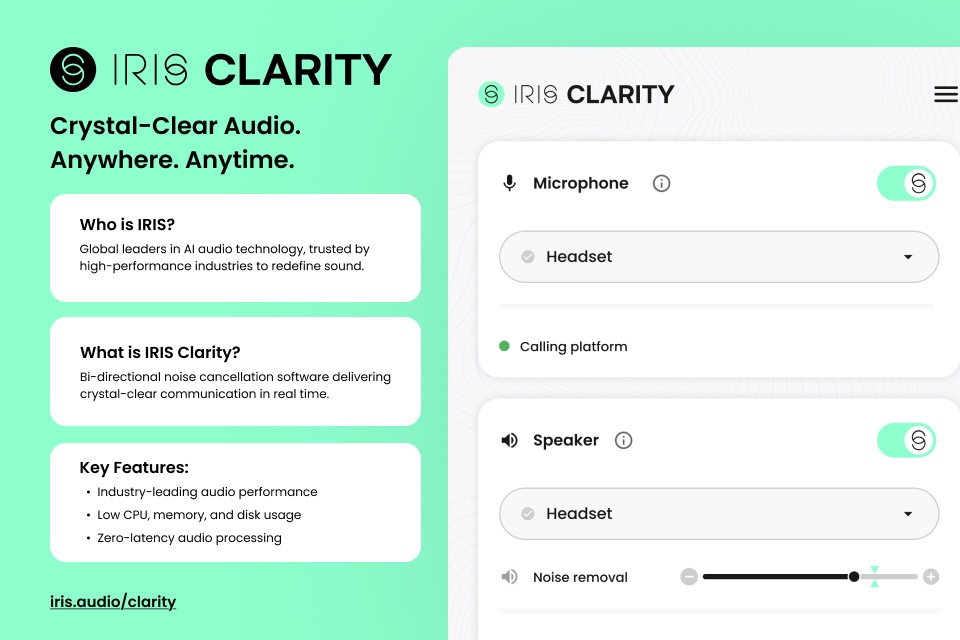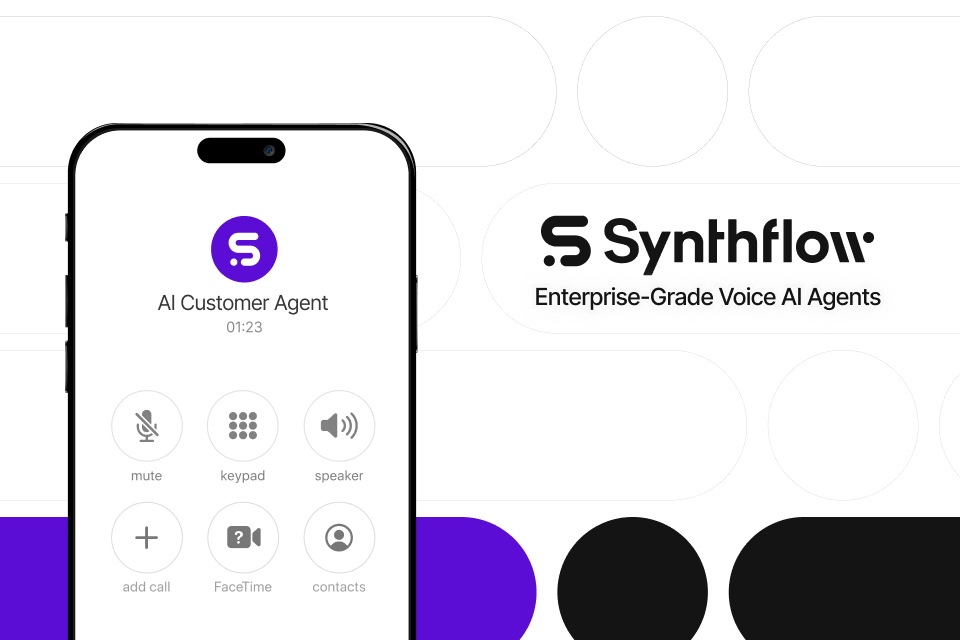By Björn Lorenzen, Regional Vice President EMEA Central at Yext
Linguistic understanding is essential in today’s communication and has a significant influence on our everyday lives. It enables us to exchange information and control processes. In business, language is therefore an essential building block for strengthening customer loyalty and increasing customer satisfaction.
The advanced development of comprehensive language models and their broad application in services such as ChatGPT, Bing Chat and others are creating innovative communication channels and content management options. This enables companies to increase their work efficiency, reduce the workload of their employees and improve customer contact. Artificial intelligence enables an improved user experience and provides customers with direct answers, reducing the need to search FAQ sections or make telephone inquiries.
However, there are also challenges: Large language models can be opaque and contain errors that can affect up to 20 percent of answers. This can undermine trust and impact the customer experience. To avoid this and ensure a pleasant customer experience, companies should optimise their platforms such as websites, intranet or social media with their own data and use it to train artificial intelligence. This not only allows them to retain control over information, but also facilitates the publication of standardised content and streamlines customer service processes. Customers benefit from simpler handling and easier dialog with the company.
But how can this be implemented?
In order to provide targeted information at various contact points such as Google search, website search or chatbots, the following is required:
Large amounts of data (Big Data): This is a collection of all relevant company data. This includes user manuals, FAQs, location information such as address and telephone number as well as product information, company biographies and technical details. It is important that this information base is organised, up-to-date and clear and that sensitive or confidential information is made unrecognisable. The quality of the data directly influences the quality of the derived models and forecasts. In order to be able to make reliable statements, it is necessary to clean the data in advance. This includes finding and completing missing data records, identifying outliers and correcting or removing clearly recognizable erroneous or contradictory data.
A data source: Information can be collected, organised and stored in a knowledge graph or a headless content management system. Here, data is prepared in such a way that it can be related to each other. Artificial intelligence can extract correlations and insights from this data that would otherwise not have been accessible. Even complex queries, such as the search for a Turkish-speaking mortgage consultant in Cologne, can be handled with the help of the system.
In addition, only verified information is included in the system, which gives companies control over the published data. However, before this is possible, the relevant data must be fed into the system. As this often comes from different sources, data transfer via a connected API interface is advisable. This process is not only much more efficient, but also less prone to errors. If the necessary interfaces are not available in the company, the option of manual input remains.
Database technology helps to minimise the risk of data protection violations and adhere to compliance regulations. A headless content management system (CMS) ensures that data is not exchanged directly with AI systems such as ChatGPT. The AI models are only given access to the data they need. In addition, internal training for employees is essential.
Large language models: Language processing models such as GPT-4, LaMDA, PaLM, Gopher, Jurassic-1 and BERT analyse texts depending on the area of application and produce different results. There is no universally superior model, but each is used in different applications according to its strengths. GPT-4, for example, is used to quickly and efficiently create texts such as product descriptions or job advertisements. It can also autonomously generate responses to customer reviews to improve customer service.
Models such as LAMDA and BERT can help to answer user queries directly via a website’s search function. Companies that want to use these technologies need sufficient computing and storage capacity. In addition, the models must be trained regularly in order to gradually increase the quality of the answers and the database must be continuously updated.
Finally, the processed data is made usable for various purposes by the language models and is available for internal and external communication channels. External users receive quick and verified answers in natural language, while internal employees benefit from automatically generated content such as product or personal descriptions and responses to online reviews. With the help of the intranet, internal training resources, such as sales presentations in the finance department, can be accessed quickly. This simplifies work processes and allows specialists to concentrate on more demanding topics.
Conclusion
AI and voice models are more than a trend – they are part of our future working world. Companies should use these technologies to remain competitive. It is important to collect, process and secure data in advance. When integrated into corporate channels, voice models offer great potential for maintaining brand integrity and creating customer-oriented experiences. However, necessary preparations must be made before implementation. Data should be carefully collected, summarised and reviewed to ensure its quality and security.
The integration of GPT-4 and similar advanced language models into your own business processes offers enormous potential to increase brand consistency and create impressive customer experiences. However, these technologies should not be viewed in isolation, as their effectiveness is directly dependent on the quality of the underlying data. They must therefore be continuously fed with company-specific data. Only through a solid data organisation and an adaptable infrastructure can we prevent false information from being disseminated and seamlessly base customer communication on correct information.
About the author:
Björn Lorenzen has been Regional Vice President EMEA Central at Yext, a leading digital experience platform that powers both owned and third-party experiences, since the end of 2020 and in this position is responsible for the company’s strategic new business, among other things. Previously, the IT specialist spent seven years at Facelift, a social media management provider – most recently as Head of Enterprise Sales. His other positions include Actito and Mail Select AG.






